If you’re unsure about some of the terms used for Revopoint 3D scanners, then check out this helpful 3D scanning glossary to find out what they mean. If you’re looking for a particular word, then hit CTRL + F to find it.

Accuracy – The closeness of the 3D model’s dimensions to those of the scanned object.
Alignment Modes – How 3D scanners keep track of an object as they scan. See Feature and Marker for more details.
AM – Additive Manufacturing, otherwise known as 3D printing.
CAD – Computer-aided design software is commonly used for building 3D models for product design.
Calibration Board – A board with irregularly placed dots used to check or recalibrate a 3D scanner’s accuracy.
Capture Range – The area that a 3D scanner can capture in a single frame.
Class 1 Light – Light that is completely eye-safe for people and animals.
Decimation – In 3D scanning, this means reducing the number of polygons in a 3D model to reduce its file size while retaining the model’s details.
Feature – An alignment mode where 3D scanners use an object’s features to keep track as it scans. It’s used for objects with many distinct details and surface features.
FDM – Fused deposition modeling is a type of 3D printer that uses thermoplastic filaments to print objects.
Fuse – This is the process of merging multiple point clouds created during the scan into one complete point cloud.
G-code – Geometry code is a programming language that tells machines like 3D printers what operations they need to do.
Marker – An alignment mode where the 3D scanner tracks marker stickers placed on or around the object. It’s used for objects that don’t have distinct surface features for the scanner to track.
Marker Points – Little circle stickers that are stuck either around or to an object’s surface in an irregular pattern to help 3D scanners track the object.
Merge – The process of combining various 3D scans of an object to create a complete 3D model.
Mesh – The process of converting a point cloud into a solid 3D model.
Metrology – The scientific study of measurements.
OBJ File – An open-source file format for storing a 3D model’s surface geometry, color, and texture data. It’s compatible with most 3D modeling software.
PLY File – Polygon file format designed for storing 3D data from 3D scanners.
Point Cloud – A cloud of tiny points plotted in a 3D space. Each point represents a point of an object’s surface captured by a 3D scanner.
Point Distance – The distance between the points in a point cloud. The smaller the space between the points, the higher the resolution of the point cloud.
Polygons – Flat geometric shapes with at least four angles that are the building blocks for most 3D models.
Precision – A 3D scanner’s ability, over repeated scans, to give measurements that are close to one another.
Resolution – Same as Point Distance.
Scanning Speed – Typically shown as frames per second (fps) or points per second, this is how much data a 3D scanner can collect per second as it scans an object.
Scanning Spray – A special spray that’s used to lightly coat the surface of dark, shiny, or transparent objects to help 3D scanners see them. It can be bought or made by yourself.
SLA – Short for Stereolithography, is a type of 3D printer that uses a laser to cure liquid resin to print objects.
Slicer Software – This software converts 3D models into G-code, so 3D printers know how to print the object.
STL File – Standard Triangle Language file format is designed to store information about 3D models. It’s compatible with most 3D printers’ slicing software.
Structured Light – This is high-resolution patterned light that deforms when hitting an object’s surface and allows 3D scanners to capture surface information through its depth cameras.
Texturing – This is the process where color data captured during a color 3D scan is aligned with the mesh and applied to the model.
Vertices – X, Y, Z coordinates that indicate a single point in a 3D space.
Watertight – This means a mesh without any holes, making it suitable for 3D printing.
Working Distance – This is the minimum and maximum distance a 3D scanner can scan an object.


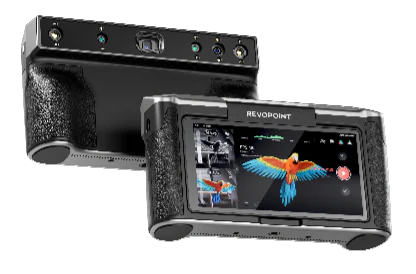

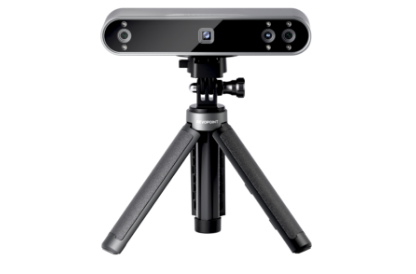
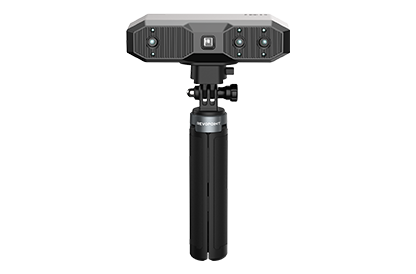
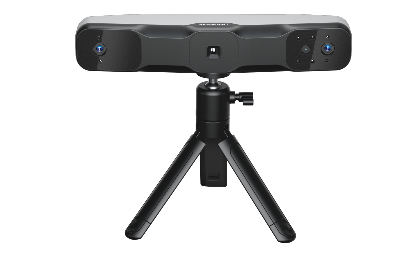
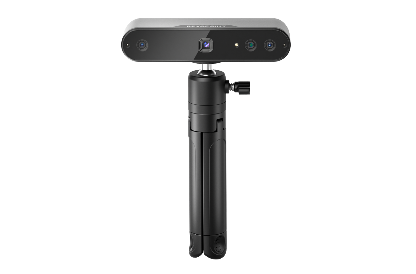








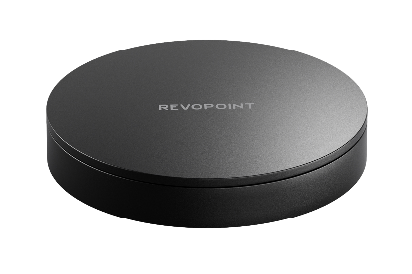
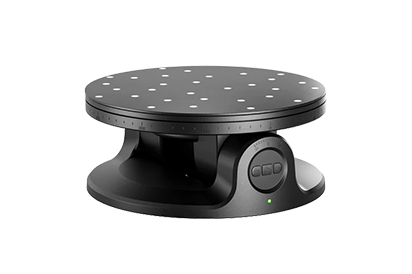


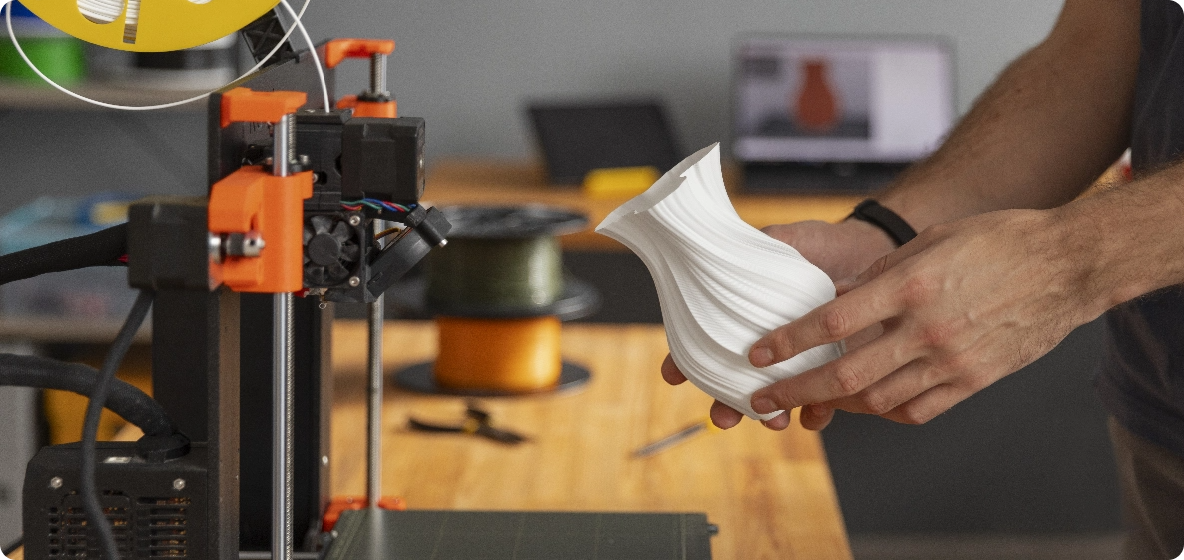
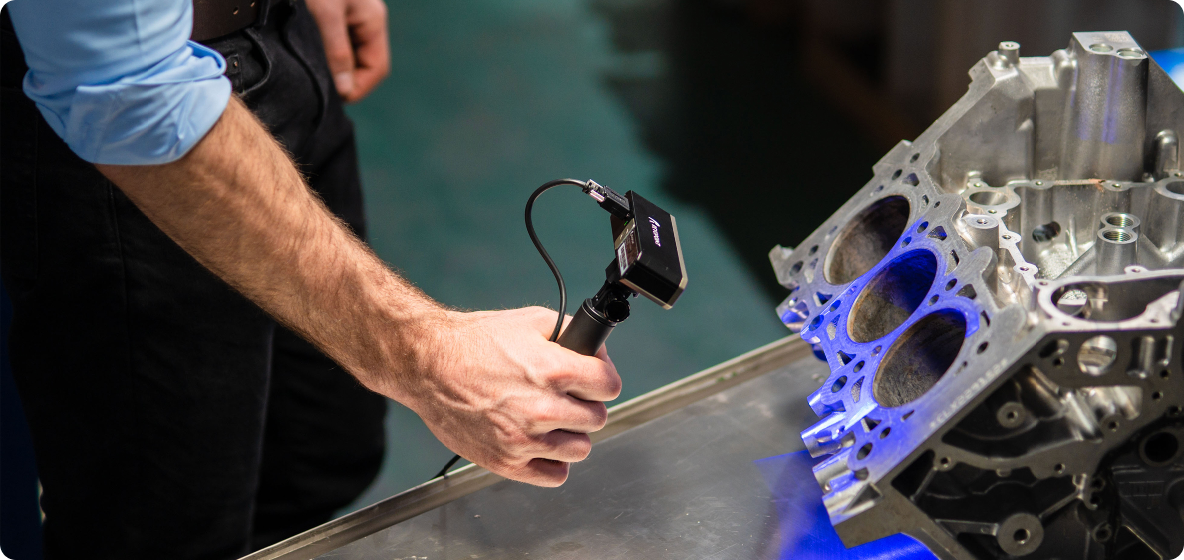
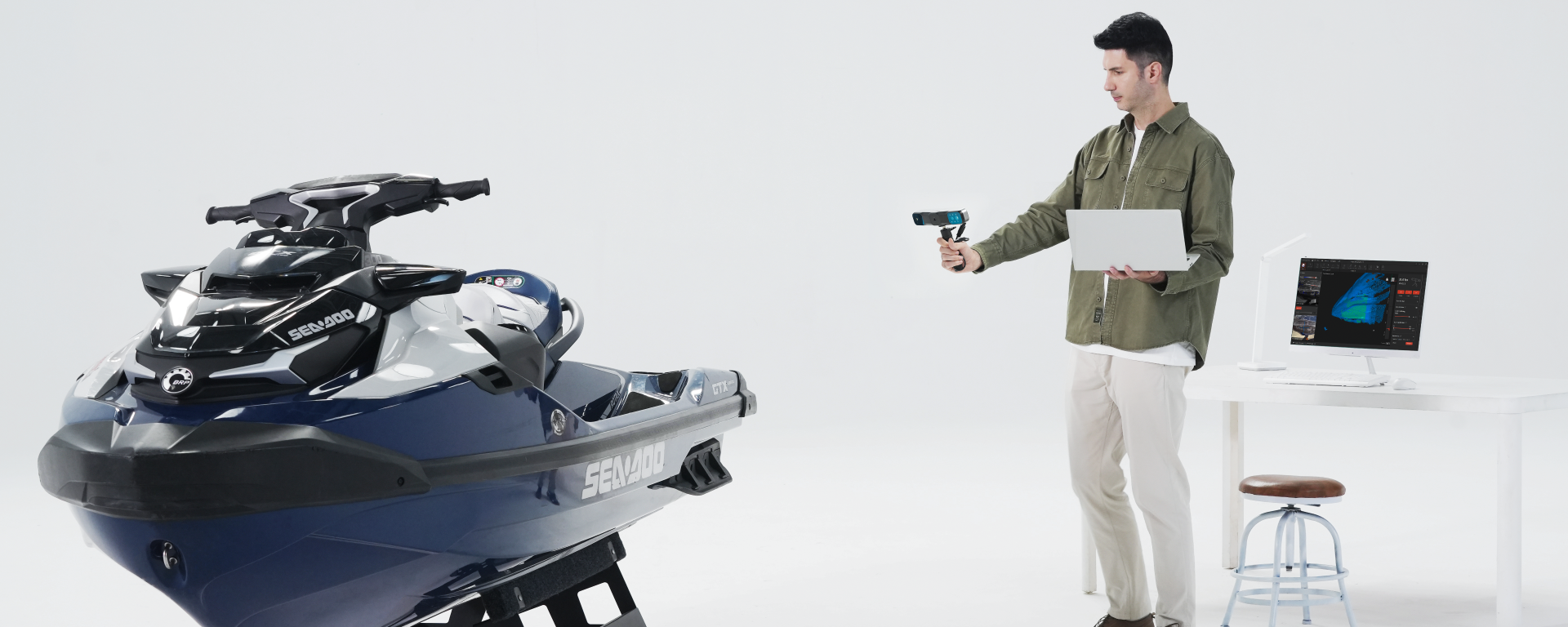
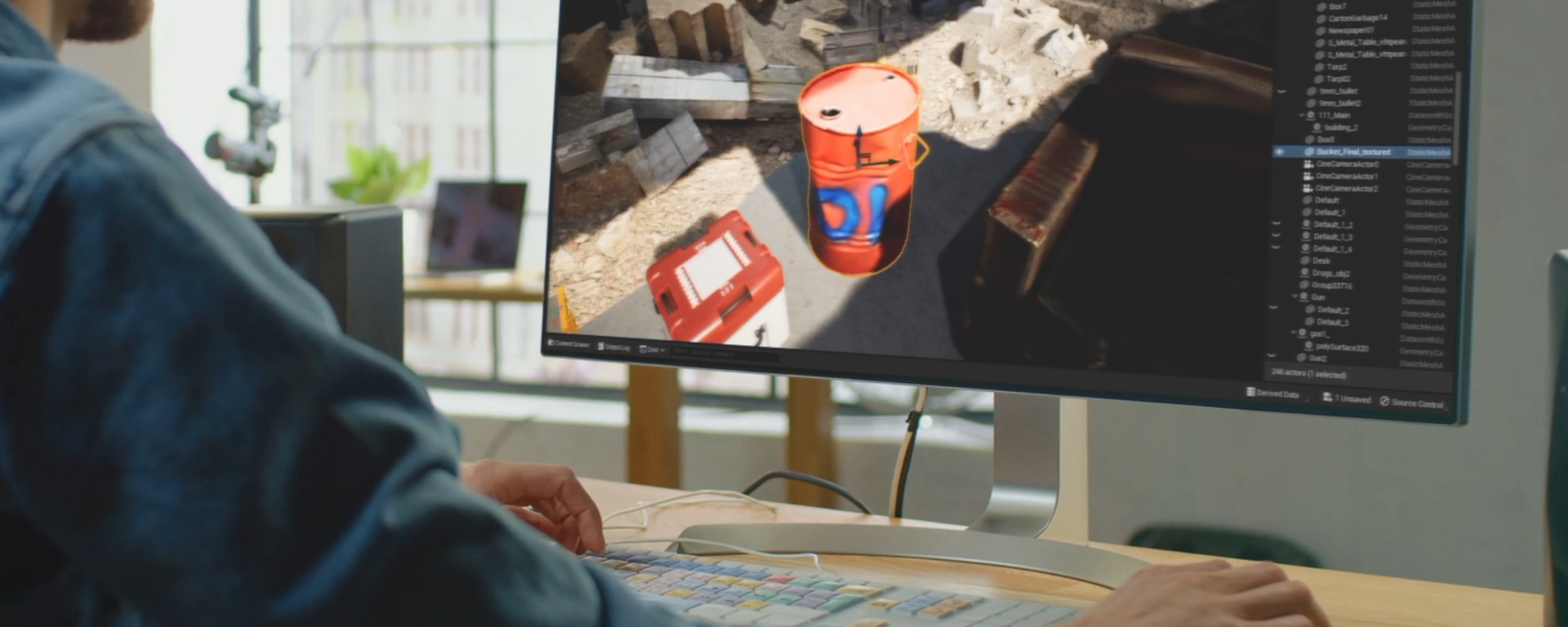
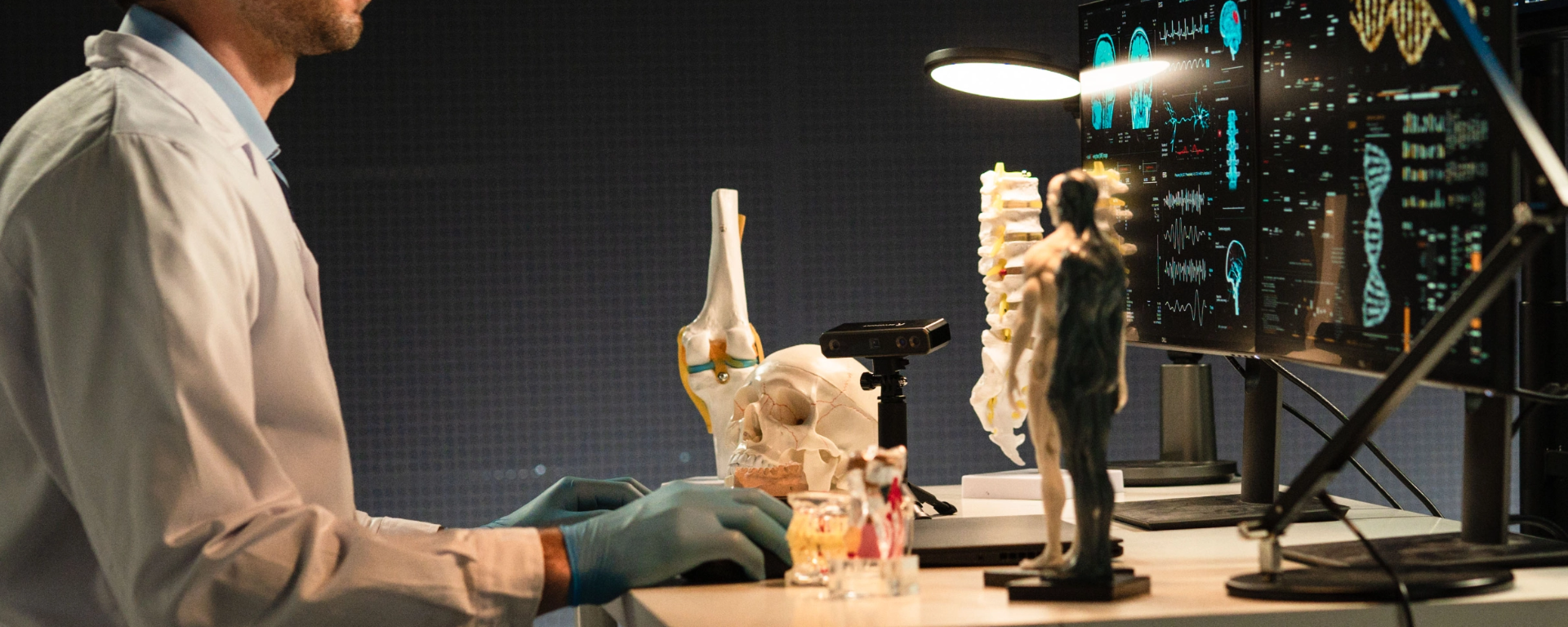

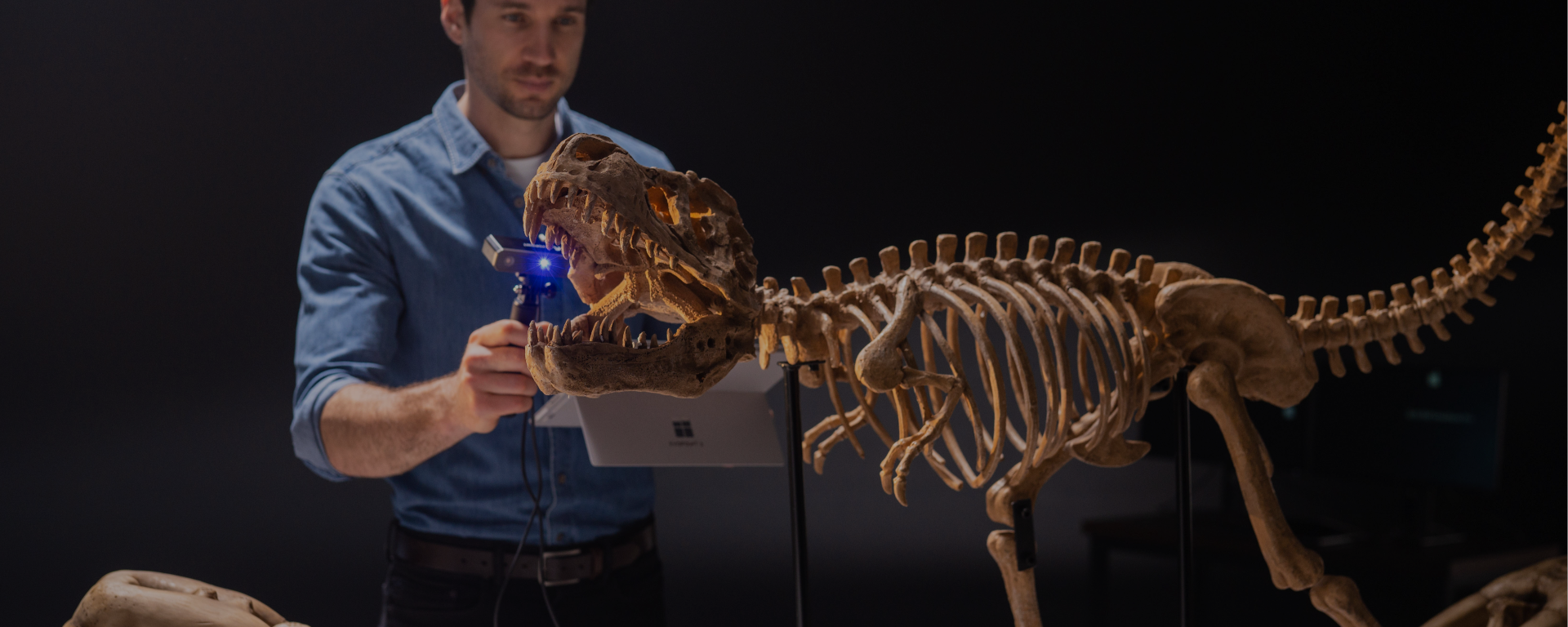
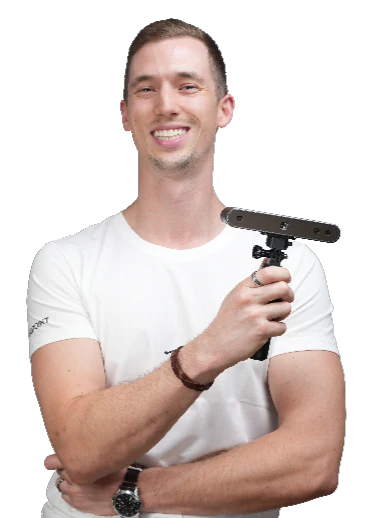
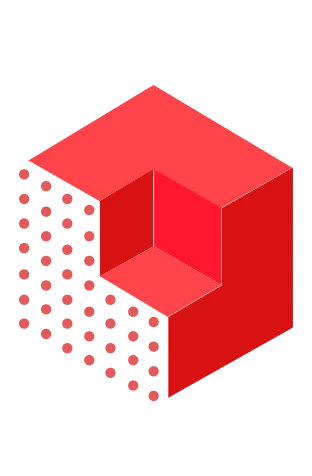



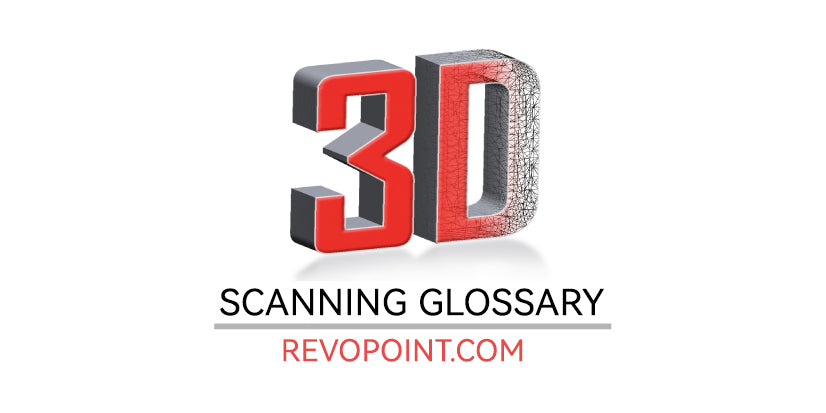
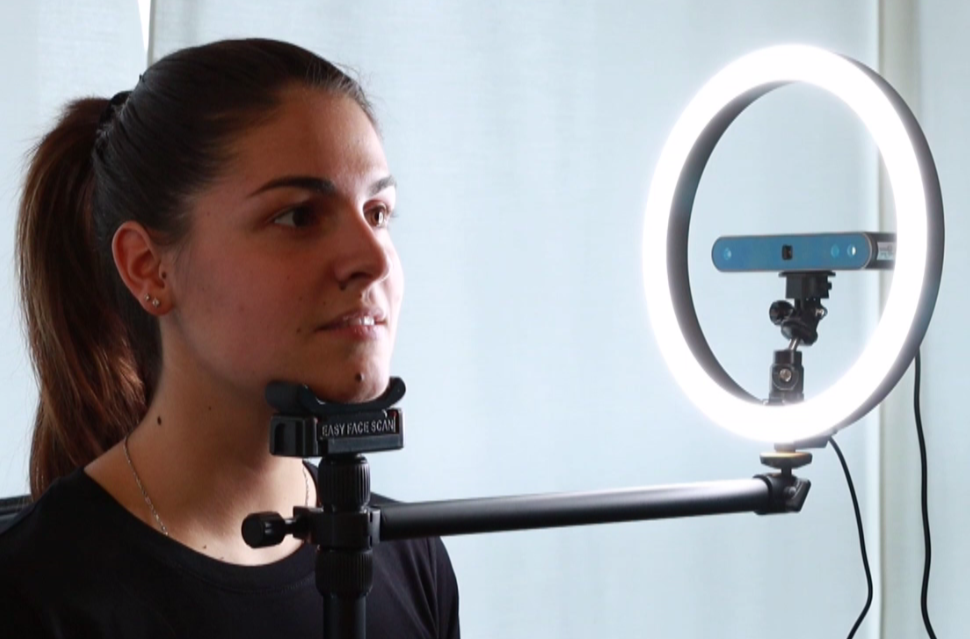
Leave a comment
This site is protected by hCaptcha and the hCaptcha Privacy Policy and Terms of Service apply.